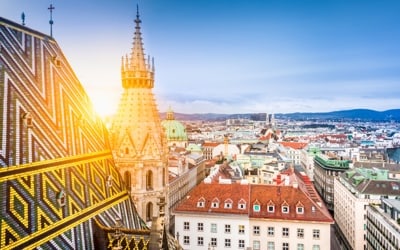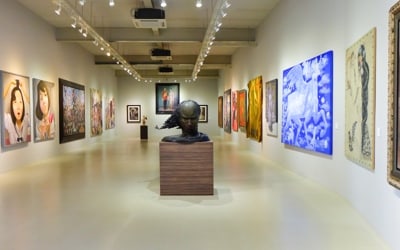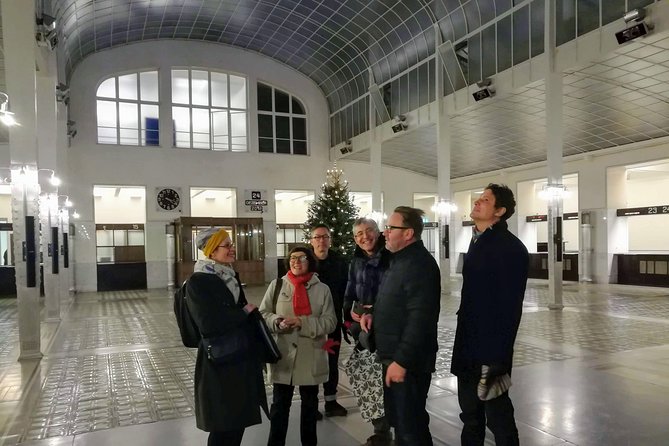
Private 3-hour History Tour of Vienna Art Nouveau: Otto Wagner and the City Trains
3 h
Private
Instant confirmation
About this activity
The question of an efficient infrastructure is a topic that inevitably dominated Vienna during the late 19th century, at the moment when the city’s population underwent rapid expansion. The need for a modern system of public transportation was therefore a logical consequence of the city’s demographic and topographic upheavals. Thus, in the latter part of the century, Vienna’s parliament engaged urban planners to draw up metro lines that were to connect the suburbs with the city centre along the Ring. The architect chosen for this massive and sensitive assignment was Otto Wagner, who was already famous for giving materials and functionality a leading role in his work by contrast with the tendency of many of his peers to privilege ornate decoration. From the beginning, Wagner’s aim was to create a metro design that would be iconographic, easy to recognize and which would fit equally into different regions of the city, and which would highlight Vienna’s cosmopolitanism.
Starting out at the beautiful pavilion at Karlsplatz, we lay a foundation for our discussion by visiting the small Wagner Museum. From here we walk to the Stadtpark station, the best preserved of the original metro stations still in use. Here we will start to delve into some of the design elements. One of the most remarkable features of this station is the adjoining artificial riverbed constructed for the little Vienna river, since the waterway needed to be rechanneled when the city train was built and one of the major issues was how to integrate the realigned river into the new city landscape.
Our next metro stop visit will be Kettenbrücke station. On our way we visit and explore the famous Sezession art building, the icon par excellence of Viennese Jugendstil, as well as two beautiful apartment houses by Otto Wagner. Here we will flesh out the philosophy behind Jugendstil and consider the symbols and materials favored by its practitioners. From Kettenbrücke station we will step onto the metro for our last stop, a visit to the imperial station. This outstanding building was erected outside the Schönbrunn castle solely for the Emperor to
use. The crown jewel of the line, this station had a symbolic meaning as well, namely to show critics of Vienna’s metro that the emperor supported the line. In this small but dynamic building, we will recognize all the elements that we encountered throughout the walk and at the other stations, while also noting the methods used by Wagner to translate the generally bourgeois style of Art Nouveau into an aesthetic with imperial grandiosity.
Read more
Show less
Starting out at the beautiful pavilion at Karlsplatz, we lay a foundation for our discussion by visiting the small Wagner Museum. From here we walk to the Stadtpark station, the best preserved of the original metro stations still in use. Here we will start to delve into some of the design elements. One of the most remarkable features of this station is the adjoining artificial riverbed constructed for the little Vienna river, since the waterway needed to be rechanneled when the city train was built and one of the major issues was how to integrate the realigned river into the new city landscape.
Our next metro stop visit will be Kettenbrücke station. On our way we visit and explore the famous Sezession art building, the icon par excellence of Viennese Jugendstil, as well as two beautiful apartment houses by Otto Wagner. Here we will flesh out the philosophy behind Jugendstil and consider the symbols and materials favored by its practitioners. From Kettenbrücke station we will step onto the metro for our last stop, a visit to the imperial station. This outstanding building was erected outside the Schönbrunn castle solely for the Emperor to
use. The crown jewel of the line, this station had a symbolic meaning as well, namely to show critics of Vienna’s metro that the emperor supported the line. In this small but dynamic building, we will recognize all the elements that we encountered throughout the walk and at the other stations, while also noting the methods used by Wagner to translate the generally bourgeois style of Art Nouveau into an aesthetic with imperial grandiosity.
Included
- 3-hour guided tour of Vienna Art Nouveau metro stations and iconic buildings
- Professional guide
Not included
- Food and drinks, unless specified
- Hotel pickup and drop-off
- Entrance fees: From April to October, when the museum is open, this tour incorporates a visit to the Otto Wagner Pavillon. Admission fees are as following: €5 for General admission €4 for Senior citizens, students, holders of Vienna Card and persons with disabilities
- Entrance fees: If you tour on Tuesday to Sunday, €9,50 Adults and €6 students and seniors admission to Secession House to see Gustave Klimt’s famous Beethoven Frieze. Your guide will help you to pay.
Additional
- Confirmation will be received at time of booking
- This is a private tour/activity. Only your group will participate
Features
Tourism
95%
Cultural
75%
Collections
This experience is part of these collections
You may also like









 See all 32 Collections
See all 32 Collections
Click to discover other experiences
See all
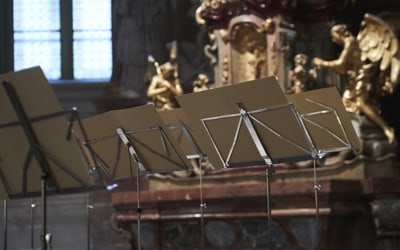
Collections
Concerts & Opera
76 Activities
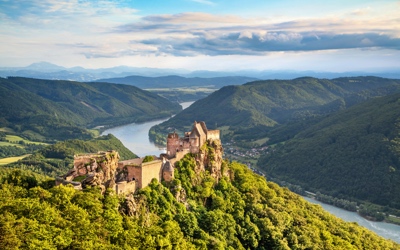
Collections
Danube Valley
17 Activities
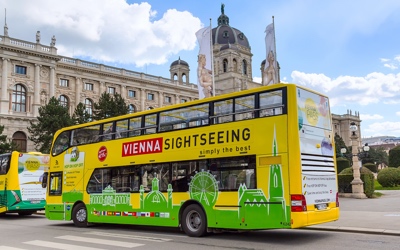
Collections
By bus
24 Activities

Collections
Wine
20 Activities
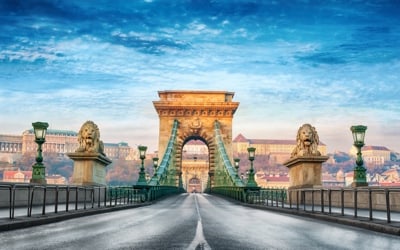
Collections
Budapest
19 Activities

Collections
Salzburg
25 Activities
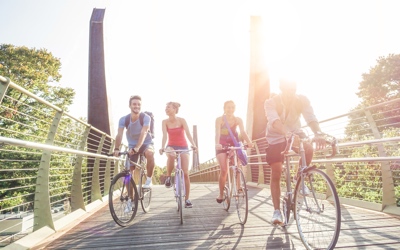
Collections
By bike
23 Activities
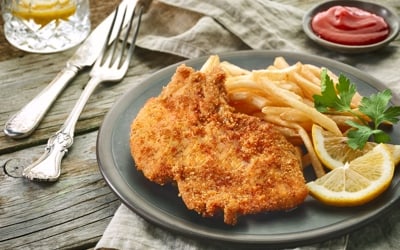
Collections
Food & Drink
27 Activities
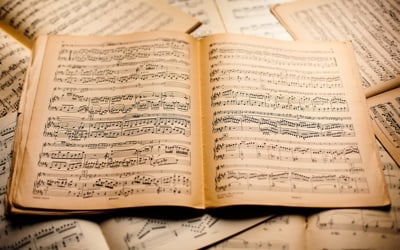
Collections
Mozart
41 Activities
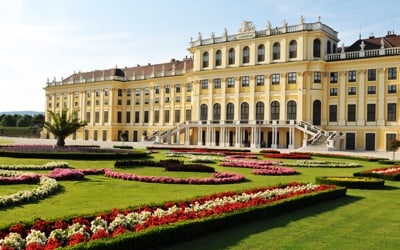
Collections
Schonbrunn palace
35 Activities




